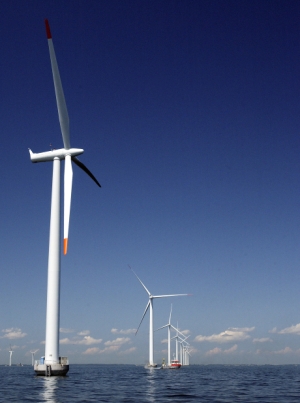This offshore wind farm in Denmark includes 72 turbines and generates enough clean energy to power 110,000 homes.
Click on image for full size
What is "Carbon Neutral"?
Every time we ride in a car, fly on an airplane, or turn on our computers we are adding
greenhouse gases to the atmosphere. This is because most of the energy we use comes from burning fossil fuels like oil, coal, and gas. Other types of energy, like solar and wind power, do not contribute to
climate
change but they are often more expensive.
If someone wants to be "carbon neutral", it means they would like to remove just as much
carbon dioxide and other greenhouse gases from the atmosphere as they put in. How can we remove carbon dioxide from the atmosphere? One way is to buy "carbon offsets" that support projects like a
wind farm or solar park. This helps make renewable energy more affordable, and reduces future greenhouse gas emissions to make up for our travel and electricity use today.
Start with the
Carbon Calculator link below to find out how much carbon dioxide is released by the things we do every day. Then explore the list of projects that provide
Carbon Offsets for anyone who wants to be "carbon neutral".
You might also be interested in:
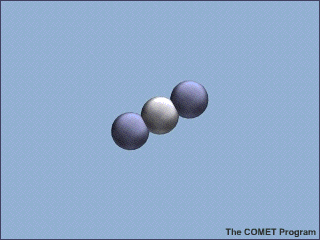
Less than 1% of the gases in Earth's atmosphere are called greenhouse gases. Even though they are not very abundant, these greenhouse gases have a major effect. Carbon dioxide (CO2), water vapor (H2O),
...more
The world's surface air temperature increased an average of 0.6° Celsius (1.1°F) during the last century according to the Intergovernmental Panel on Climate Change (IPCC). This may not sound like very
...more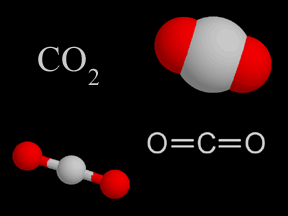
Carbon dioxide is a colorless and non-flammable gas at normal temperature and pressure. Although much less abundant than nitrogen and oxygen in Earth's atmosphere, carbon dioxide is an important constituent
...more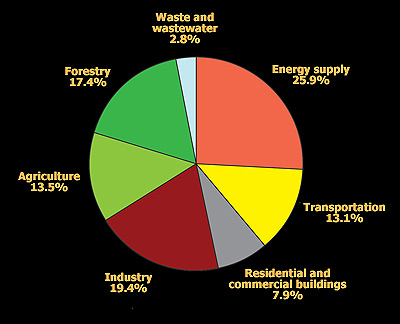
Earth’s climate is warming quickly and human activities are mostly to blame. By releasing greenhouse gases into the atmosphere, we have amplified Earth’s greenhouse effect, causing more global warming.
...more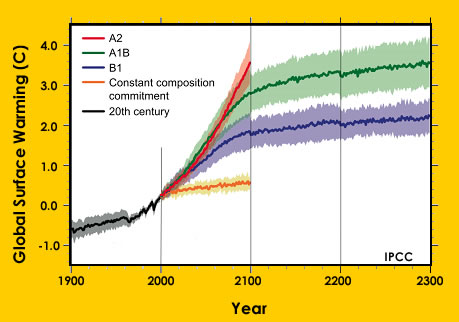
Earth’s climate is warming. During the 20th Century Earth’s average temperature rose 0.6° Celsius (1.1°F). Scientists are finding that the change in temperature has been causing other aspects of our planet
...more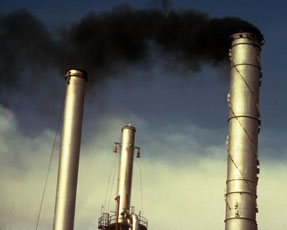
Leaders from 192 nations of the world are trying to make an agreement about how to limit emissions of heat-trapping greenhouse gases, mitigate climate change, and adapt to changing environmental conditions.
...more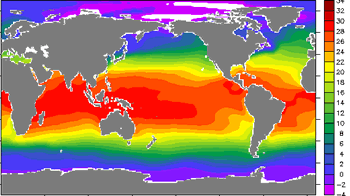
Climate in your place on the globe is called regional climate. It is the average weather pattern in a place over more than thirty years, including the variations in seasons. To describe the regional climate
...more


